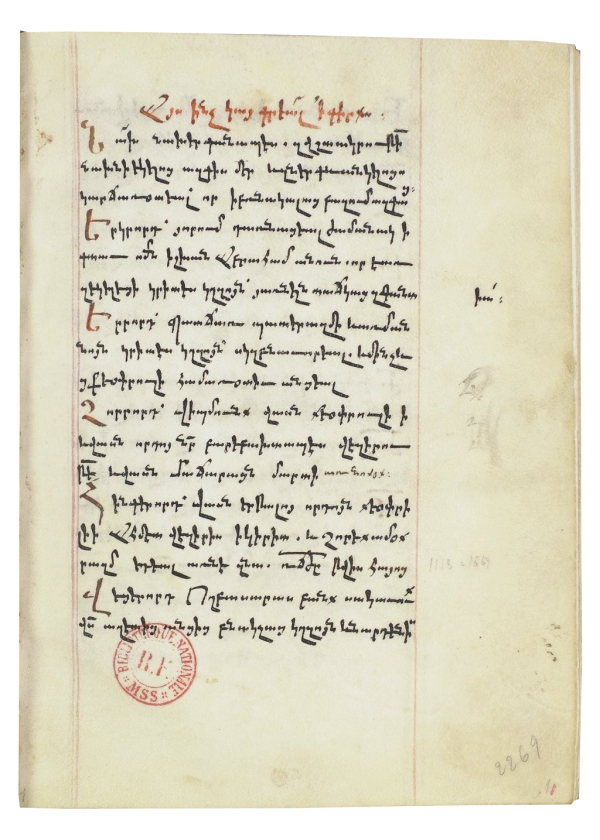1660, Evliya Çelebi

At the conclusion of our visit here, we advanced slowly towards the east, and arrived at the fort of .... i.e. in Prishtina. The name is Latin for ..... . It was founded by the kings of Serbia and was conquered in 792 (1389) by Sultan Murat I who razed the fortress. Administered by a voivodeship in the Elage of Rumelia. There is a kadi with a salary of 150 akçe, who has a legal income of five bags of gold a year from ..... villages. [There] stands an administrator [of the Spahis], a commander of janissaries, and many distinguished and dignified people. The city is located in the northeast of the Kosovo plain. There are ..... neighborhoods and 2,060 attractive one- and two-story stone houses with tiled roofs. All are surrounded by extensive courtyards with vineyards and gardens. Among them are the palace of Koça Bodur Alejbeu and the court building. ----
There are a total of 12 shrines, of which six are mosques with congregations. First of all, in shopping, it is ..... . The rest are neighborhood mosques. There are ..... madrasas, ..... hadith schools, ..... primary schools, and ..... dervish sects. There are ..... fountains and ..... public water dispensaries. There are 11 eaters. The inn of Haxhi Bey has the following chronogram: "With pride the date is said with the words: / This inn was built in the year 1032 (1623)". (169a) There are other khans in the bazaar, but no public buildings with lead roofs.
There are in all ..... baths [hammam]. Sultan Mehmed the Conqueror's hammam is located in the bazaar. It has become a place of pilgrimage, because a saint once took a forty-day rest in a cell to the right of the bath and prayed the following: "My Lord, if anyone who is sick enters this cell, let him find healing." To this day, whoever is sick and visits him is cured of his illness, by God's command. In the bazaar there is also the Old Bath, whose construction and atmosphere are sound and exciting. Although there is no covered bazaar with stonework, there are 300 shops, which is actually very few for the size of the city. However, everything can be found in them. Because of the pleasant climate, you find here boys and girls who are famous throughout the Ottoman lands for their beauty. There are abundant vineyards and orchards, and grapes and pears are highly prized. Acquaintances and the best families here delight in receiving guests — rich and poor, young and old — whom they treat with sensational hospitality. Not a night goes by without guests.
Source: Elsie, Robert / Dankoff Robert (2000). Evliya Çelebi in Albania and Adjacent Regions (Kosovo, Montenegro, Ohrid), Leiden, 11–25. Translation from Ottoman to English by Robert Elsie, from English to Albanian by Yll Rugova.